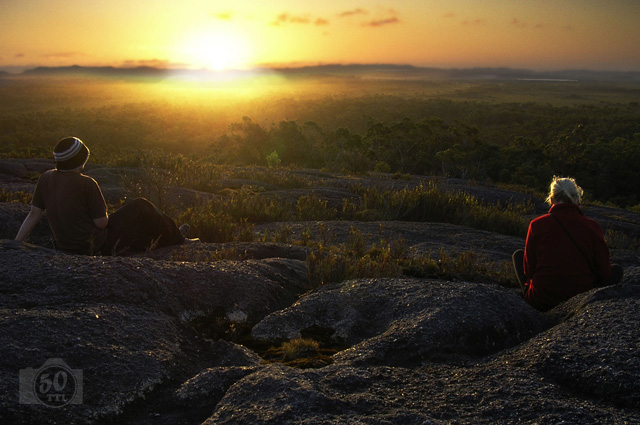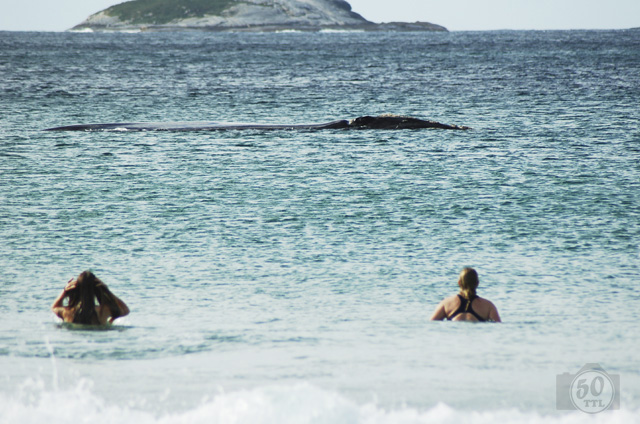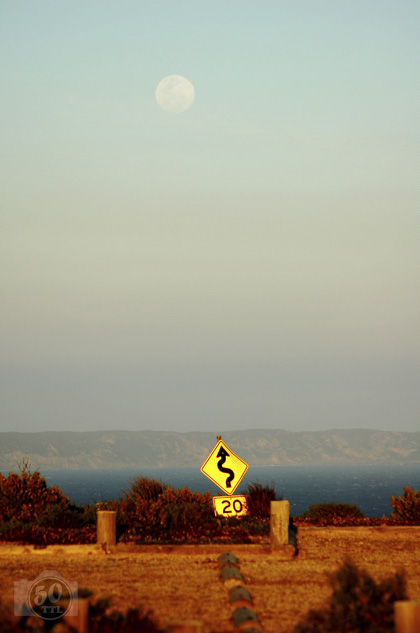
In April 2006, on my fiftieth birthday and 38 years after the birthday at the start of this blog, I got my first digital SLR. It was a Nikon D50. The D50 was an entry-level camera but I loved it. I have since moved on by a few models, but in 2006 I rejoiced in returning to an SLR.
I chose Nikon because I wanted an upgrade path. I had been stung by Olympus some years before when they seemed to abandon the mid-range SLR market. I wanted to upgrade the OM1 but my only Olympus-mount option at the time was a top-flight camera that cost a lot more than I could afford. I was left with a slowly failing camera, and I was unable to buy a new body to make the most of the 55mm f1.2 lens, and my other lenses.
I had worked for a newspaper for more than a decade and I had seen photographers using Nikon cameras that kept on working even though they looked pretty banged up. I saw more Nikons than Canons in those days, so I chose Nikon as a major brand that would continue to produce reliable cameras and support them. I haven’t regretted my decision, although anyone who buys Canon is also joining a quality product stream.
However, my favourite image from that year, above, was taken on the point-and-shoot Olympus digital. It demonstrates the adage that the best camera to have is the one you have with you. I went bushwalking, continuing my sectional end-to-end walk on the Bibbulmun Track, which I had started in 2000. I had never previously taken a camera, but I did this time, choosing the small Olympus over the relatively bulky SLR.
The photo shows two fellow bushwalkers on the hill behind Woolbales shelter on the Bibbulmun Track. In the entry for 1981, I wrote about a photo taken while bushwalking on the south coast, and how I took three different exposures but had no way to combine the slides into a single image.
Well, this photo is a composite. I took a photo of the foreground and the sky was completely blown out. I knew it was happening. I saw the result on the camera screen. Perhaps I even remembered the 1981 photos. I took a second photo from the same spot but metering off the sky. In a way, I was mimicking what happens when you set up an HDR (high dynamic range) photo in your camera. When I got home, I combined the two photos into this. I also disclose that I decided that, since the photo was now an artifice, I would clone out a distracting water bottle near the centre of the frame.
Apart from this photo, I have largely resisted the temptation to change elements of photos by cloning. I think it is far better to work on getting the right angle in the first place. However, if you are going to change the content of a photo by removing or inserting elements, I think you are obliged to disclose.
I like the result. It is beautifully balanced, with strong light and great texture on the rock. The only problem is that the source images from the 3.2-megapixel Olympus are too small. It is okay for screen display but I can’t print the image at any reasonable size. How sad. The next time I went bushwalking on the Bibbulmun Track, I took my SLR, but that meant carrying significant weight and taking extra care to keep the camera dry.
Below are a couple of photos taken with the SLR in 2006 as I started to get out and about with it: A local mother and daughter watching a whale and her calf, and moonrise-sunset at a south coast lookout.

